Secure IoT is the superset trend in tech, the ultimate hashtag soup, here’s why
There are more Things than anything else! And they’re going online in droves, adding capability but also vulnerability, and making the Secure Internet of Things (IoT), the super set of the technology trends. Secure IoT is the place with the most interdisciplinary, and therefore, the most difficult challenges. If you believe, as you should, that no-compromise cybersecurity is table stakes, then IoT means “secure IoT” and IoT by itself becomes the ultimate hashtag soup. Here is why.
IoT and Security are End to End
IoT and security require an end-to-end mindset. Today’s solutions are fragmented. Integrating them is hard and requires blending of many technologies and algorithms. It requires a team with a very broad set of expertise who have managed to understand each other and employ each other’s strengths.
#IoT
Things come in many shapes and sizes. We have to make a distinction between Small-t things, sensors and micro devices, Big-T Things, which often form meta things or Systems, or All-caps THINGS, meta systems and the so-called Distributed Autonomous Organizations (DAOs). Managing them in a coherent manner requires an expertise rubber band that has to stretch across from the microscopic to the astronomic:
- Size: Tiny Things to large Things
- Data: Simple signals to structured data to context-sensitive streams
- Mobility: stationary Things to Things that are carried by people to self-propelled Things
- Autonomy: Things that are controlled by people to the so-called DAOs
#Cybersecurity
Security is not just a technology and practice but a non-negotiable requirement that cuts across all aspect of tech. Small-t things require a whole a new approach to device and data security all the way up the supply chain, a difficult technological and operational task an area of intense innovation, for example by blending AI, IoT, and Cybersecurity disciplines or pursuing entirely new approaches. Big-T Things remain hard to secure but have more built-in resources and processing capability, making them eligible to be handled like existing IT systems.
Physical #Security
Things, scattered around, are exposed to physical tampering so it is important to physically secure them and detect any unauthorized physical access or near-field or far-field monitoring. As is often said, “security is security” so physical security and cybersecurity must be viewed and implemented as one thing: all under the umbrella of risk and threat management and #sustainability.
#Mobility
Many Things move, either by themselves (like #drones or robots) or carried by other things (pick a form of transportation) or by people (personal device or #wearables). Mobility issues from initial on-boarding to authenticated secure transmission to data streaming and data semantics to over-the-air (OTA) updates all become critical in IoT.
#Blockchain
Distributed Things that generate lots of data, require secure authenticated communications, are possibly subject to compliance regulations, may need digital rights management (#DRM), or need verifiable delivery… are the kind of use case that Blockchain technology can address very well. IoT applications are often natural candidates. (see also the OrionX Download podcast series on Blockchain.)
#BigData
Connected devices generate data. Making sense of that data requires Big Data practices and technologies: data lakes, data science, storage, search, apps, etc.
#AI
When you have so much data, invariably you will find an opportunity for AI (see the OrionX/ai page for a repository of reports), either via #MachineLearning which uses the data, or #ExpertSystems for policy management which decides what to do about the insight that the data generates. AI framewroks, especially the #DeepLearning variety, are #HPC oriented and require knowledge of HPC systems and algorithms.
There will come a time when another emerging trend, #QuantumComputing, will be useful for AI and cybersecurity.
#Robotics
If Things are smart enough and can move, they become robots. Distributed Autonomous Objects (DAOs) use and generate data and require a host of security, processing, control, policy, etc.
#Cloud
All of this processing happens in the cloud somewhere, so all cloud technologies come into play. The required expertise will cover the gamut: app development, streaming data, dev-ops, elasticity, service level assurance, API management, microservices, data storage, multi-cloud reliability, etc.
Legal Framework
IoT provides new kinds of information extraction, manipulation, and control. Just the AI and Robotics components are enough to pose a challenge for existing legal systems. Ultimately, it requires an ethics framework that can be used to create a proper legal system all the while ensuring widespread communication so organizational structures and culture can keep up with it.
Summary
Not every IoT deployment will need all of the above, but as you try to stitch together a strategy for your IoT project, it is imperative to do so with a big picture in mind. IoT is the essence of #DigitalTransformation and touches all aspects of your organization. It’s quite a challenge to make it seamless, and you’ll need specialists, generalists, and not just analysts but also “synthesists”.
In the OrionX 2016 Technology Issues and Predictions blog, we said “If you missed the boat on cloud, you can’t miss it on IoT too”, and “IoT is where Big Data Analytics, Cognitive Computing, and Machine Learning come together for entirely new ways of managing business processes.” Later, in February of 2016, my colleague Stephen Perrenod’s blog IoT: The Ultimate Convergence, further set the scene. Today, we see those predictions have become reality while IoT is poised for even more convergence.
We will cover these topics in future episodes of The OrionX Download podcast, identifying the salient points. As usual, we will go one or two levels below the surface to understand not just what these technologies do, but how they do it and how they came about. That will in turn, help put new developments in perspective and explain why they may or may not address a pain point.
Shahin is a technology analyst and an active CxO, board member, and advisor. He serves on the board of directors of Wizmo (SaaS) and Massively Parallel Technologies (code modernization) and is an advisor to CollabWorks (future of work). He is co-host of the @HPCpodcast, Mktg_Podcast, and OrionX Download podcast.

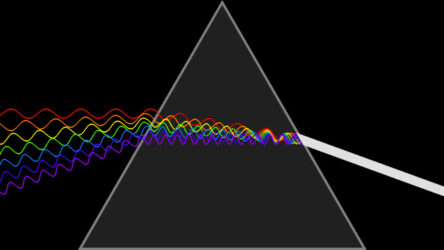

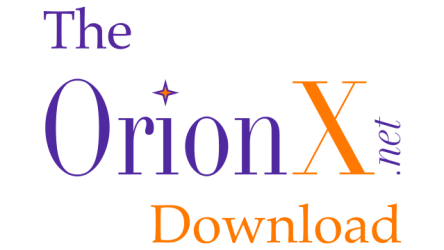




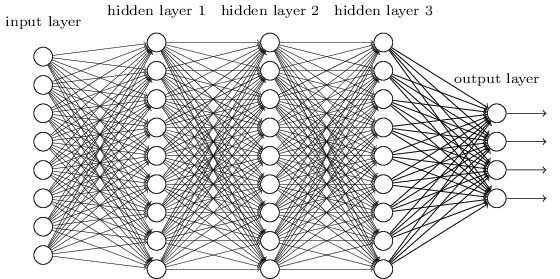
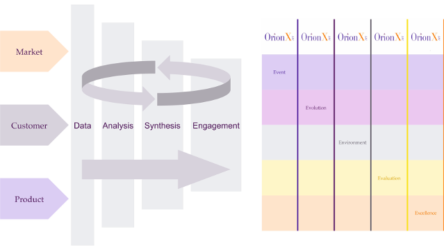
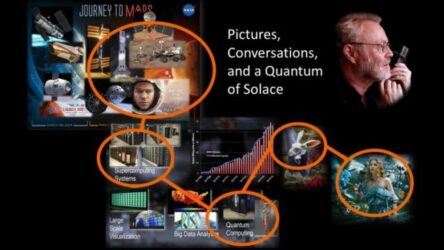

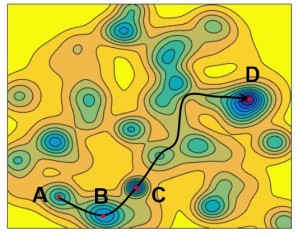
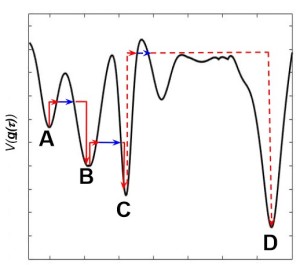
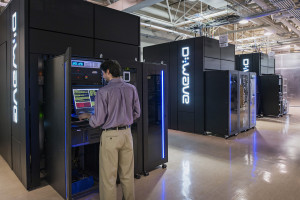
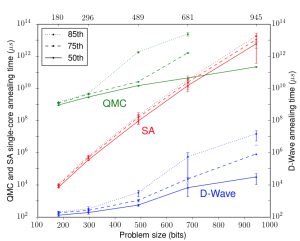
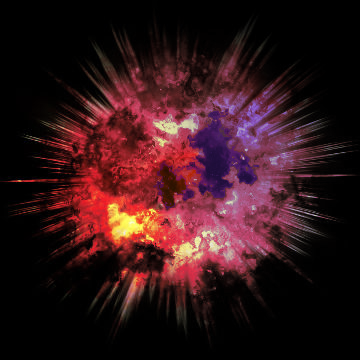
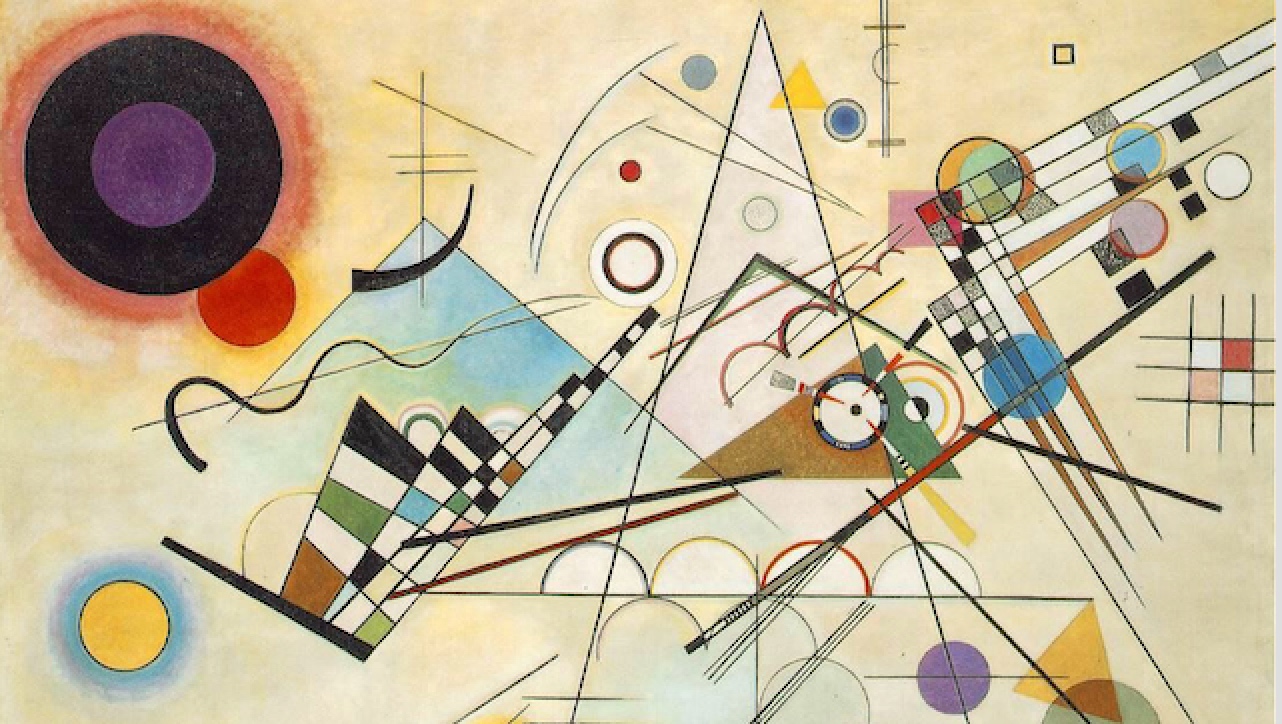


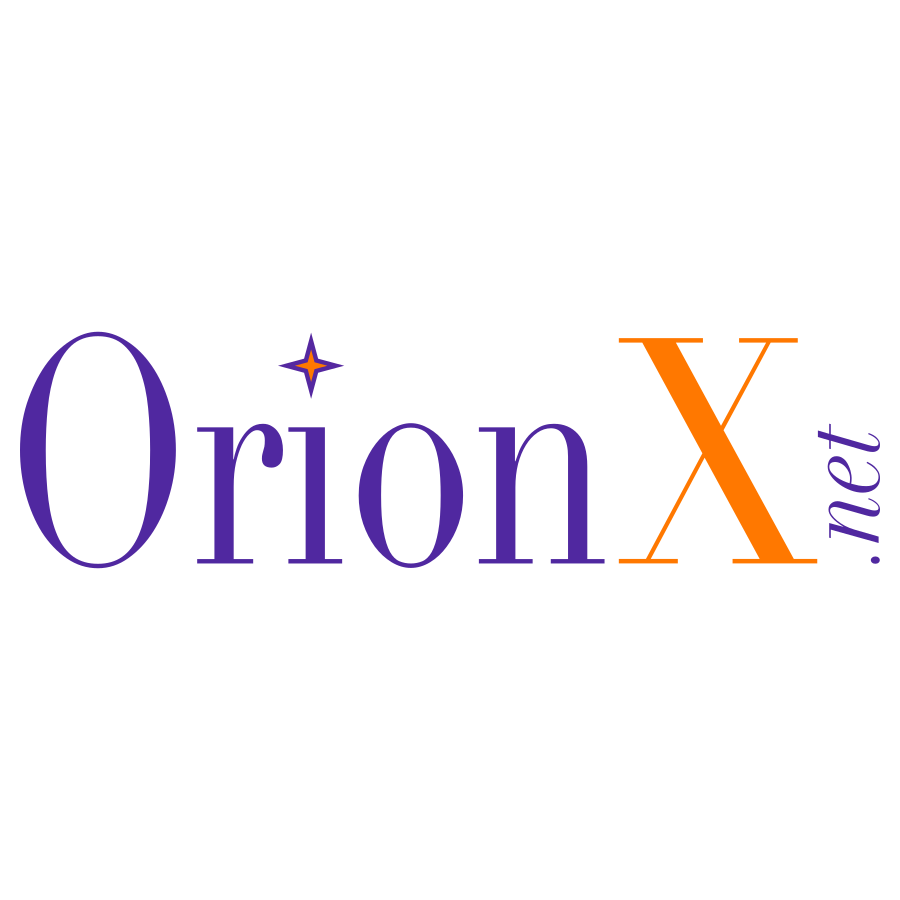
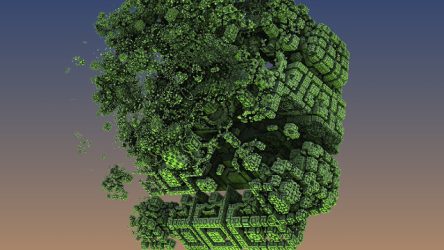
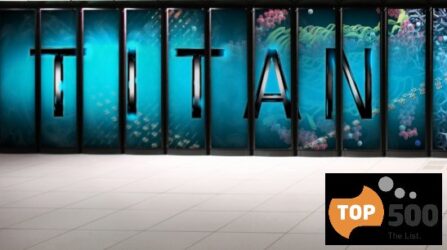
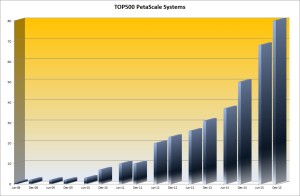
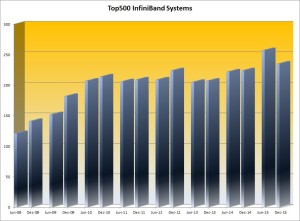
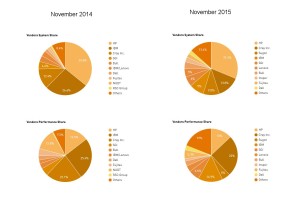




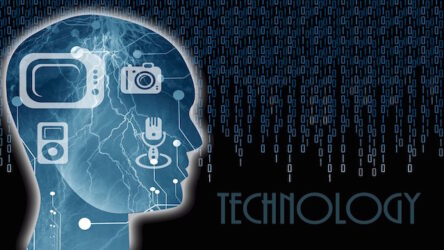
If content is king
context is kingdom!